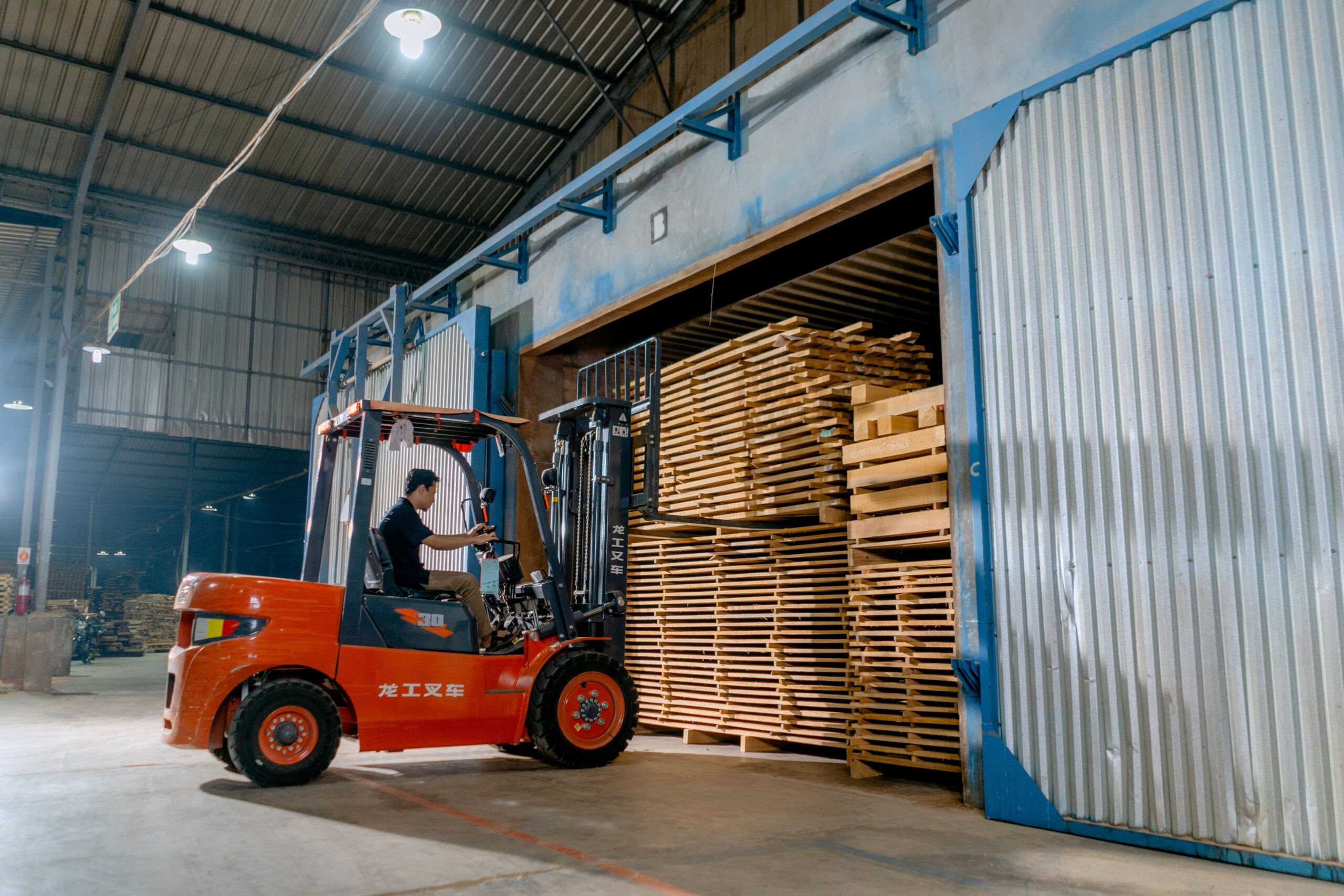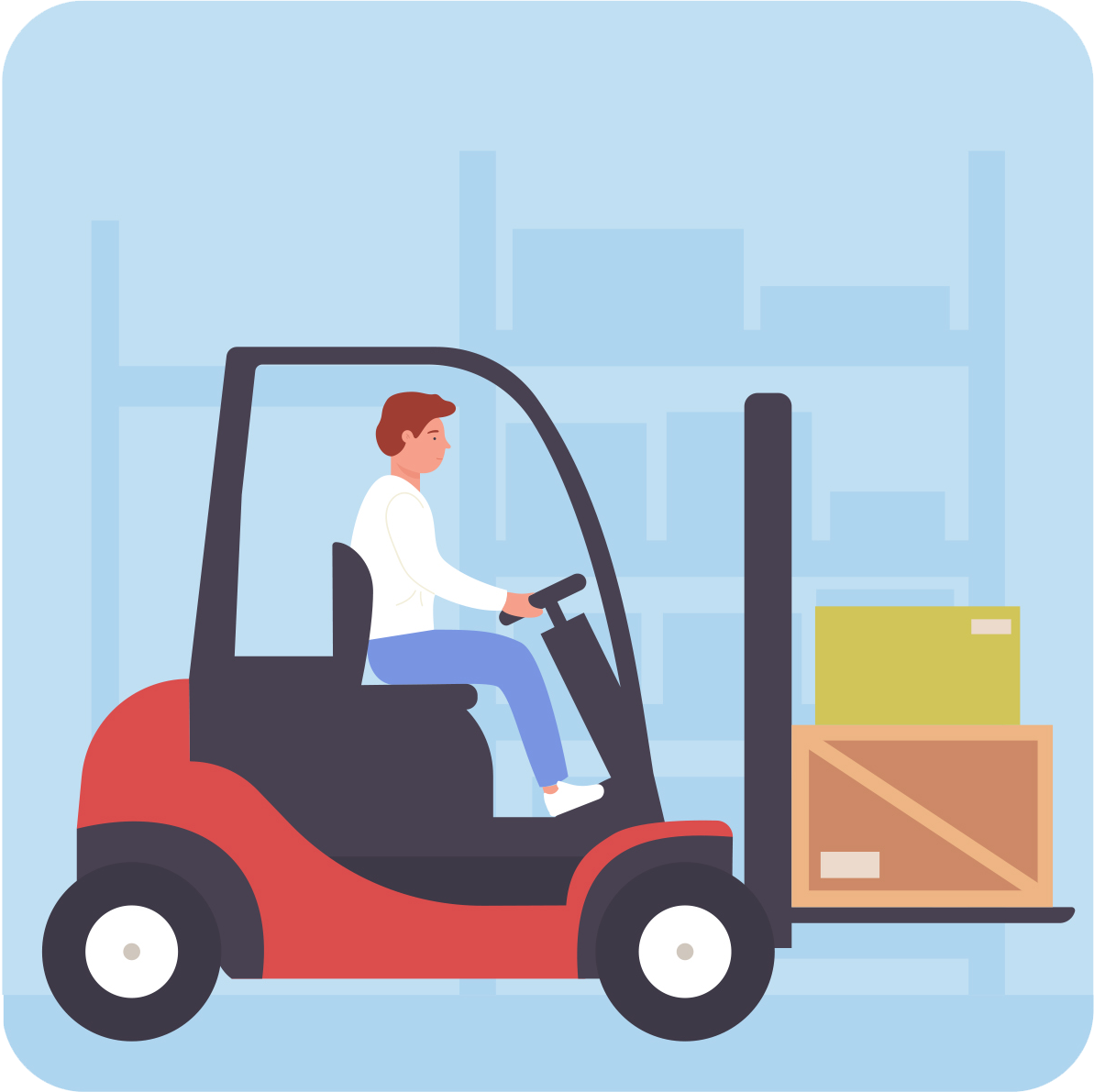Reducing Manual Labour Costs with Forklifts: A Time and Money Saver

In the modern logistics and warehousing world, the quest for efficiency is never-ending. Reducing labour costs without sacrificing quality and efficiency is a primary concern for many businesses. Forklifts, when used effectively, can be one of the most potent tools in this endeavour. Here’s how incorporating forklifts into your operations can save both time and money.
1. Enhanced Productivity with Forklifts
Forklifts can handle large and heavy loads that would take several manual labourers to move. By transporting goods faster and more efficiently, you’ll see a significant increase in productivity, meaning you’ll save on labour costs.
2. Improved Warehouse Space
With the capability to stack items higher, forklifts enable better use of vertical space. This optimisation leads to needing less square footage for storage, translating into reduced rent and operating expenses.
3. A Focus on Skilled Tasks
Forklifts handle the heavy lifting, freeing your workforce to concentrate on tasks that require specialised skills. This shift in focus can lead to a higher value output from your employees, enhancing the overall value chain.
4. Safety and Ergonomics
Manual handling of heavy goods can result in workplace injuries, leading to compensation and lost productivity. Forklifts, when operated by trained personnel, significantly reduce this risk, contributing to a safer work environment and saving on potential legal and medical costs.
5. Scalability and Flexibility
Forklifts offer the flexibility to scale operations up or down, depending on demand. By adjusting the number of forklifts in operation, you can align your labour costs with your actual needs, ensuring efficient spending.

6. Energy-Efficient Models
Modern forklifts are available in energy-efficient models, reducing running costs. Electric forklifts, in particular, can offer significant savings on fuel, aligning with both budget and sustainability goals.
7. Integration with Technology
Forklifts can integrate with Warehouse Management Systems (WMS), allowing for real-time tracking and automation of inventory processes. This integration can reduce the need for manual checks and balances, saving time and labour costs.
8. Skill Development and Training
Investing in proper training ensures that your operators are skilled in best practices for efficiency and safety. While there is an upfront cost, the long-term benefits in terms of productivity and risk reduction are substantial.
9. Lease or Rent Options
If purchasing a forklift is beyond your budget, consider leasing or renting. This approach gives you access to modern equipment without the significant capital outlay, allowing for cost-effective implementation.
10. Regular Maintenance for Longevity
A well-maintained forklift not only operates efficiently but also has a longer lifespan. Regular maintenance can prevent unexpected repair costs and downtime, further contributing to overall savings.
Conclusion: Strategic Implementation for Maximum Savings
The integration of forklifts into your logistics or warehouse environment is not just about reducing manual labour. It’s a strategic move that can have a profound impact on the overall efficiency and cost-effectiveness of your operations.
Incorporating forklifts into your operational strategy is an investment in your business’s future. By streamlining processes, enhancing safety, and allowing your team to focus on skilled tasks, forklifts can be the catalyst for substantial time and monetary savings. Evaluate your specific needs and consider how this versatile equipment could fit into your workflow, and you may find that reducing manual labour costs with forklifts is not only attainable but essential for your continued success.
At Myfreight, we’re an Australian company with more than 30 years of experience building and delivering bespoke supply chain solutions. Discover our freight management software today!
